optout - Optimized Graphics Output

This package enables access to some common command-line image optimization and compression tools from within R, with a mostly consistent call interface.
Tools are included for interfacing command line tools for compressing JPG, PNG and PDF files.
My use case - the vignettes for ggpattern are huge because of the image example, and I wanted to be able to optimize and compress images from within the vignette Rmd files.
Security Warning
This package does a lot of system2() calls with user input. I’ve
sanitised all user input, but nothing is ever perfect, so in general
this library should not accept input from the internet e.g. as part of a shiny
app.
Installation
You can install the development version from GitHub with:
# install.packages("remotes")
remotes::install_github("coolbutuseless/optout")This package relies on your system having installed the following command line programs. If a particular utility is not installed, the package will still load fine, but you will not be able to use that particular compression type.
- PNG compression
- JPEG compression
- PDF compression
Overview of available compressors
| filetype | compressor | lossless | default options |
|---|---|---|---|
| png | pngquant | no | speed = 4, dither = FALSE |
| png | pngcrush | yes | brute = FALSE |
| png | optipng | yes | level = 1 |
| png | zopflipng | yes | lossy_alpha = FALSE, lossy_8bit = FALSE, more = FALSE, insane = FALSE |
| jpeg | jpegoptim | optional | quality = NULL, size = NULL (i.e. lossless) |
| pdfopt | no | quality = ‘screen’ |
Sample Plot
ggplot(mtcars) +
geom_density(aes(mpg, fill = as.factor(cyl))) +
theme_gray(15)
dpi <- 72
ggsave("/img/optout/png-orig.png", p, width = 6, height = 4)
ggsave("/img/optout/jpg-orig.jpg", p, width = 6, height = 4)
ggsave("/img/optout/pdf-orig.pdf", p, width = 6, height = 4)Example: Optimizing PNG output
r1 <- pngquant (infile = "/img/optout/png-orig.png", outfile = "/img/optout/png-pngquant.png" , verbosity = 1)
r2 <- pngcrush (infile = "/img/optout/png-orig.png", outfile = "/img/optout/png-pngcrush.png" , verbosity = 1)
r3 <- optipng (infile = "/img/optout/png-orig.png", outfile = "/img/optout/png-optipng.png" , verbosity = 1)
r4 <- zopflipng(infile = "/img/optout/png-orig.png", outfile = "/img/optout/png-zopflipng.png", verbosity = 1)Orig PNG

pngquant - space saving 66%
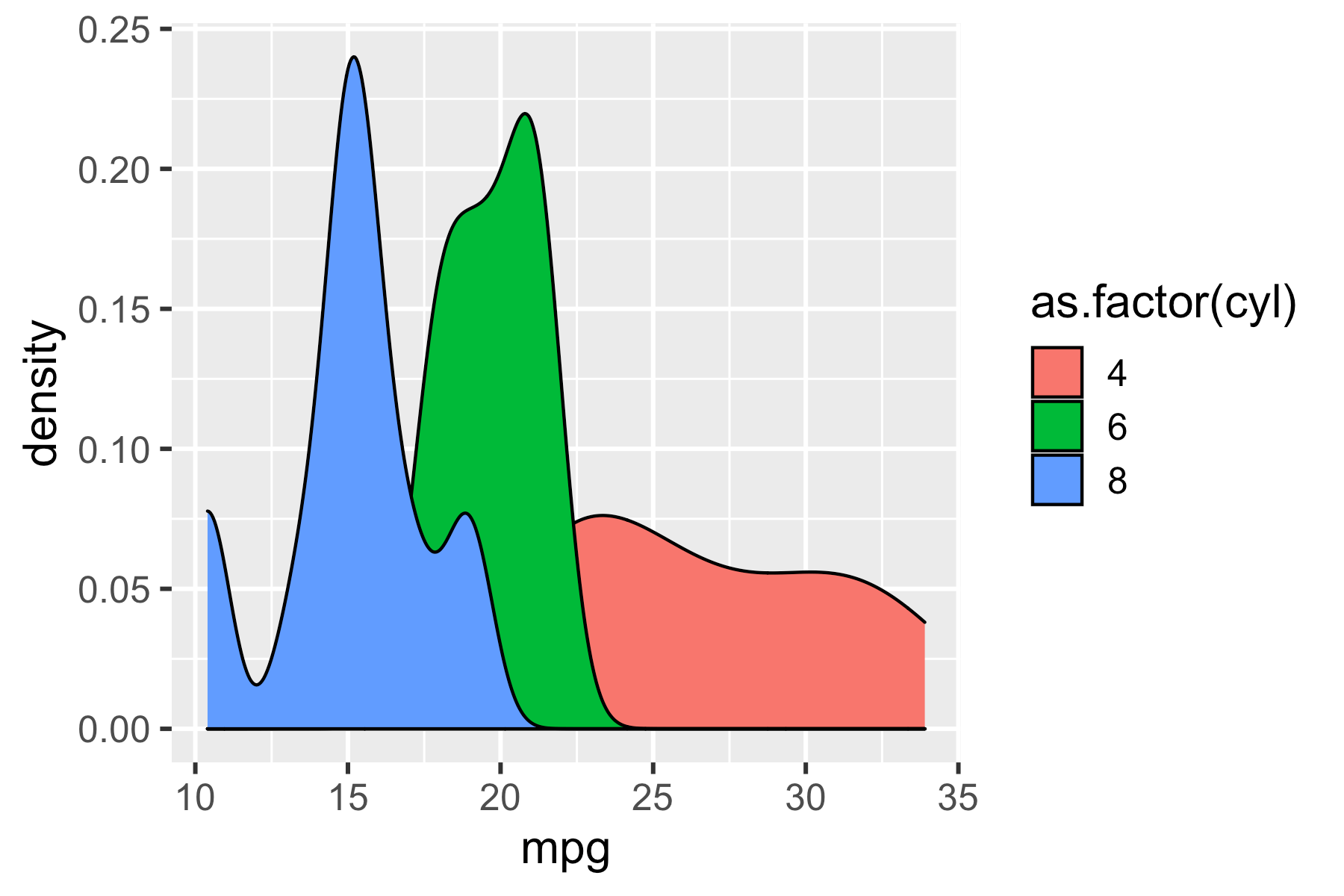
pngcrush - space saving 31%
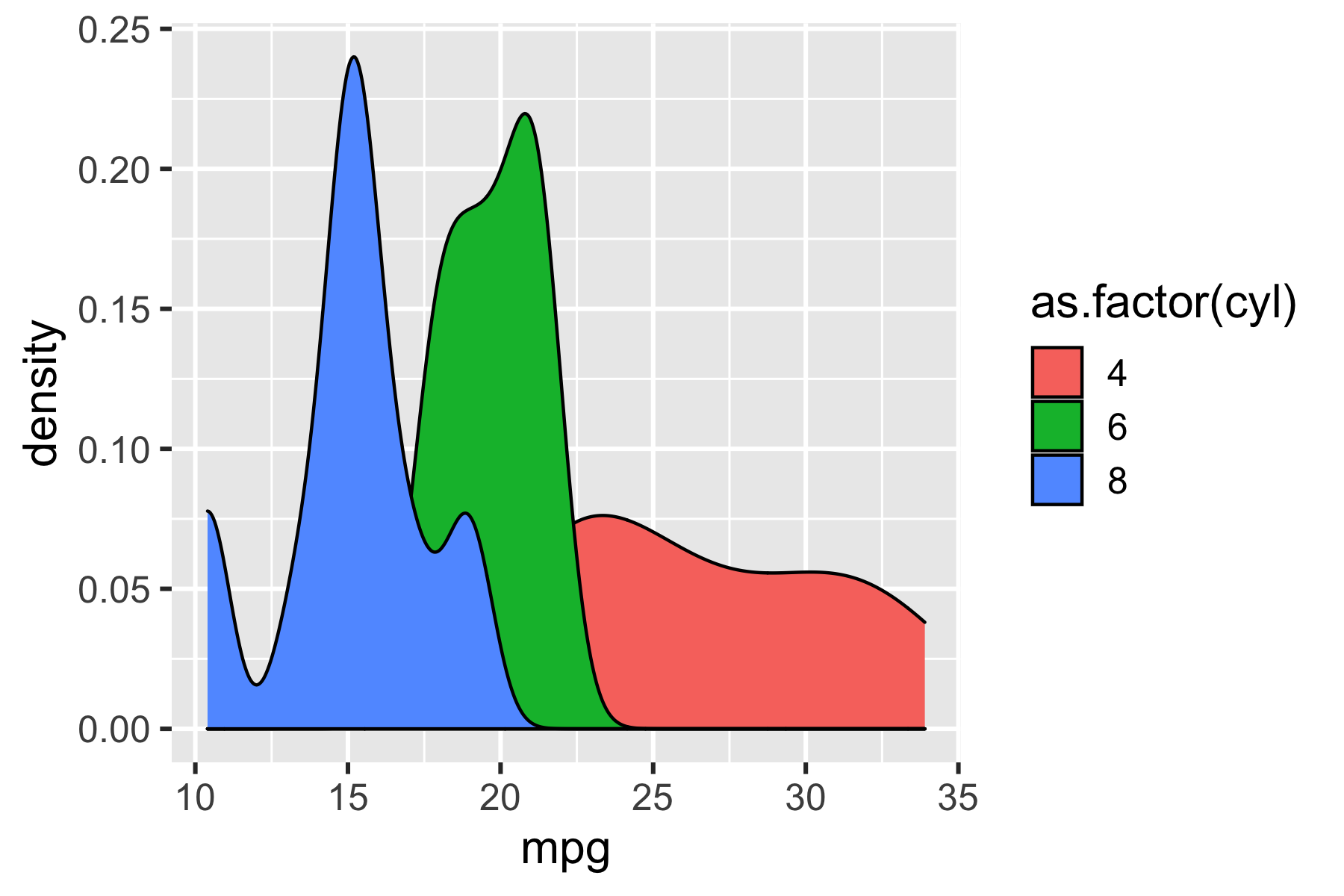
optipng - space saving 33%
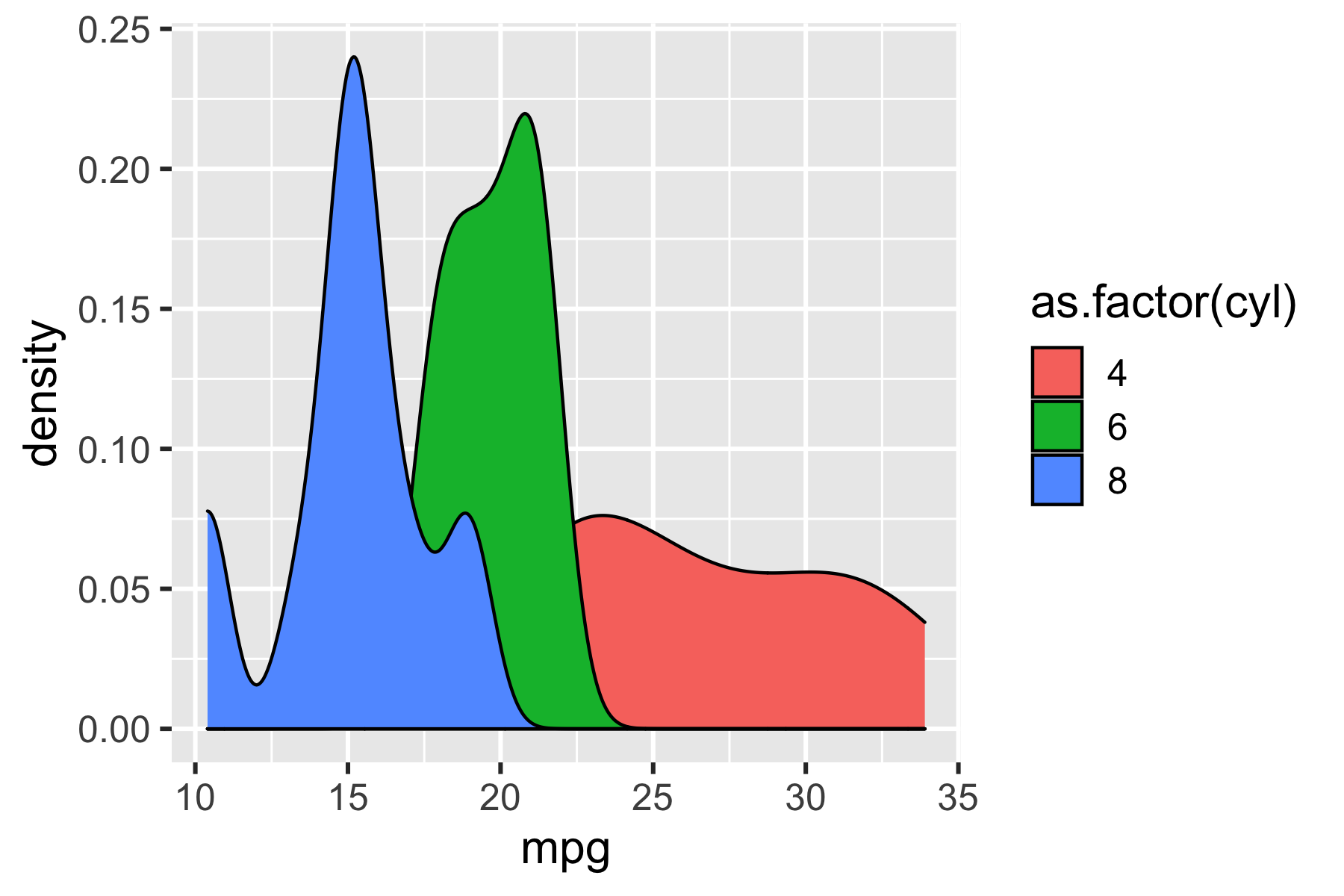
zopflipng - space saving 43%

Example: Optimizing JPEG output
r5 <- jpegoptim(
infile = "/img/optout/jpg-orig.jpg",
outfile = "/img/optout/jpg-jpegoptim-lossless.jpg" ,
verbosity = 1
)
r6 <- jpegoptim(
infile = "/img/optout/jpg-orig.jpg",
outfile = "/img/optout/jpg-jpegoptim-lossy-size.jpg",
size = 50,
verbosity = 1
)
r7 <- jpegoptim(
infile = "/img/optout/jpg-orig.jpg",
outfile = "/img/optout/jpg-jpegoptim-lossy-quality.jpg",
quality = 10,
verbosity = 1
)Orig JPG
.
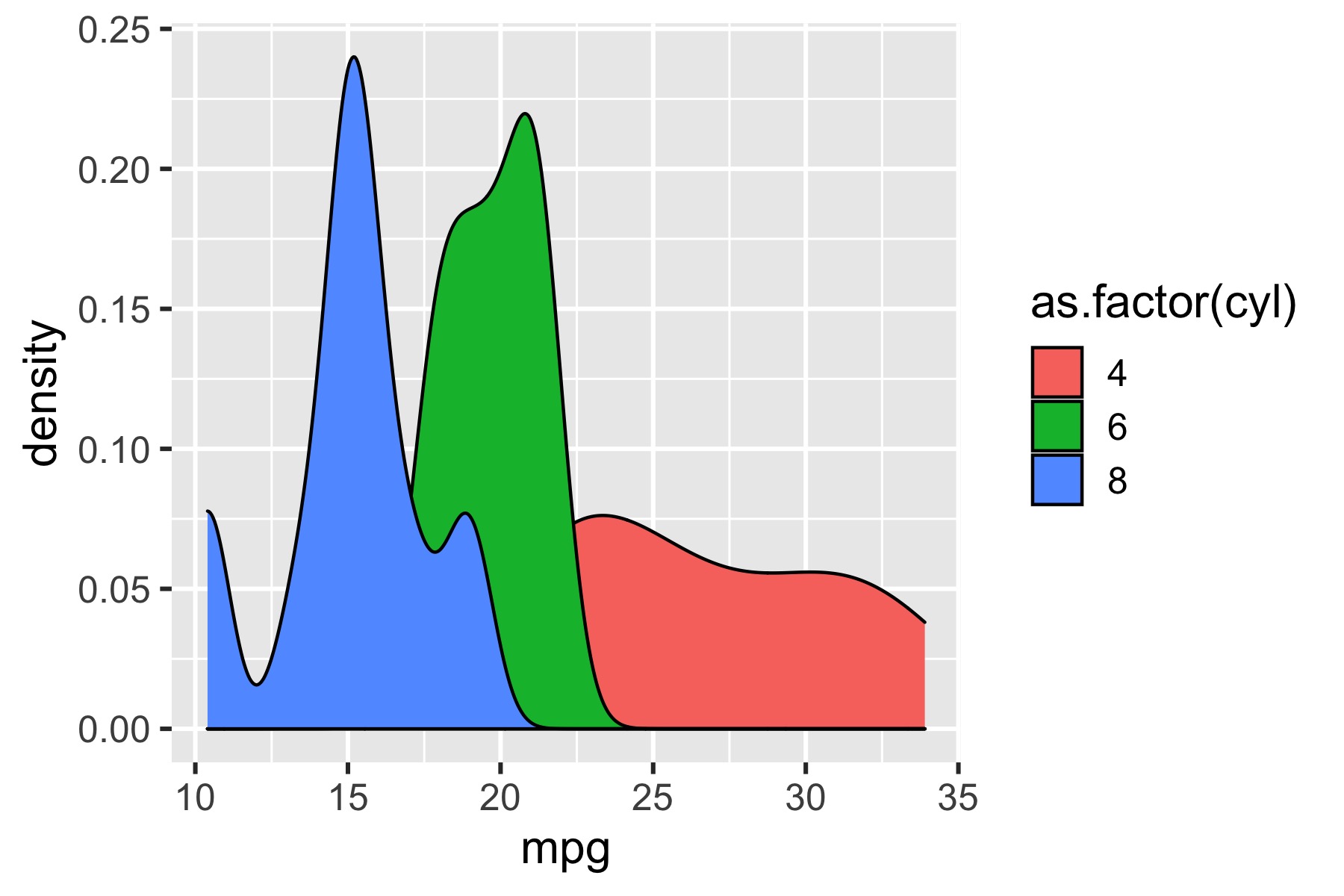
jpegoptim - lossless
Space saving 18%
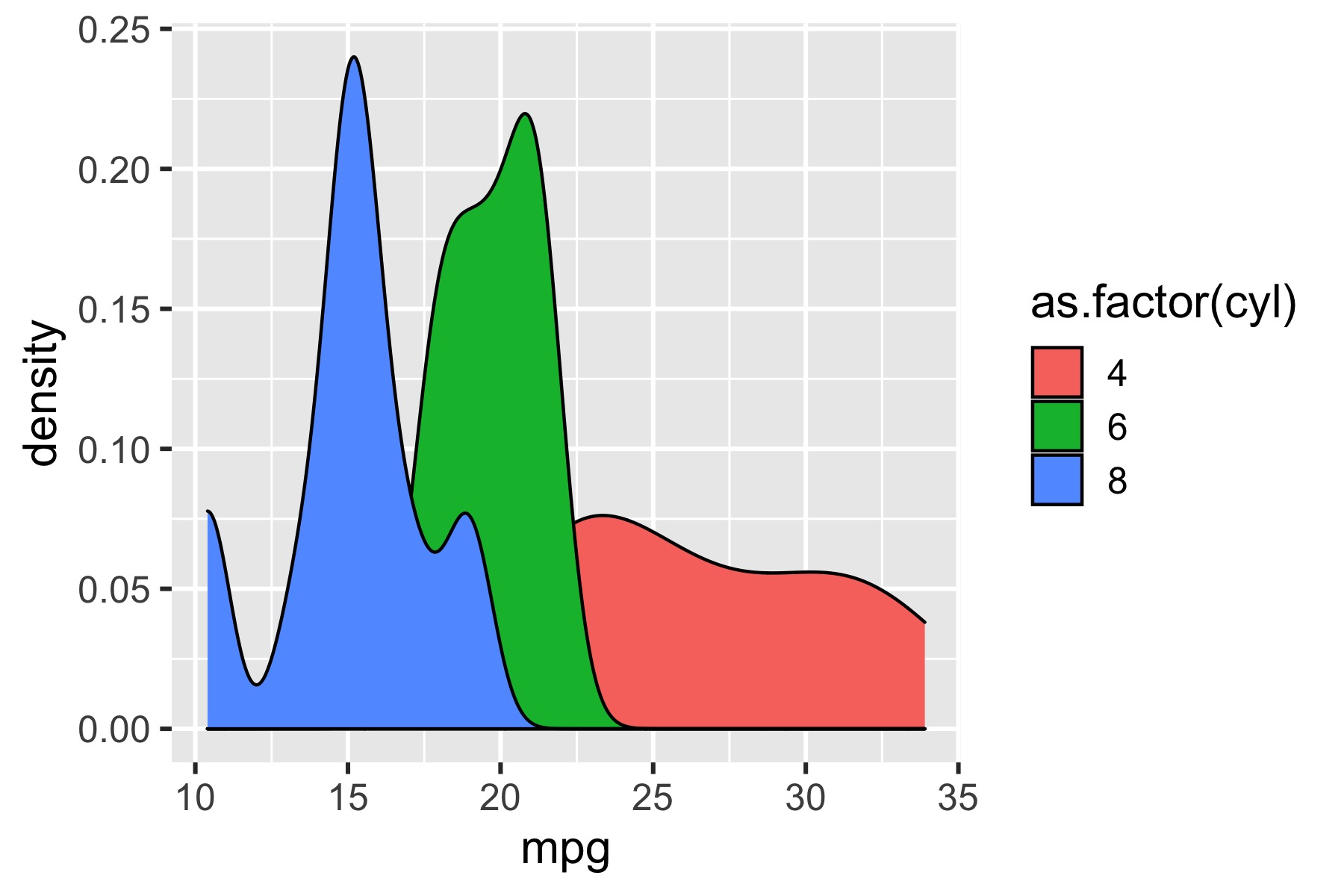
jpegoptim - target size 50kB
Space saving 66%
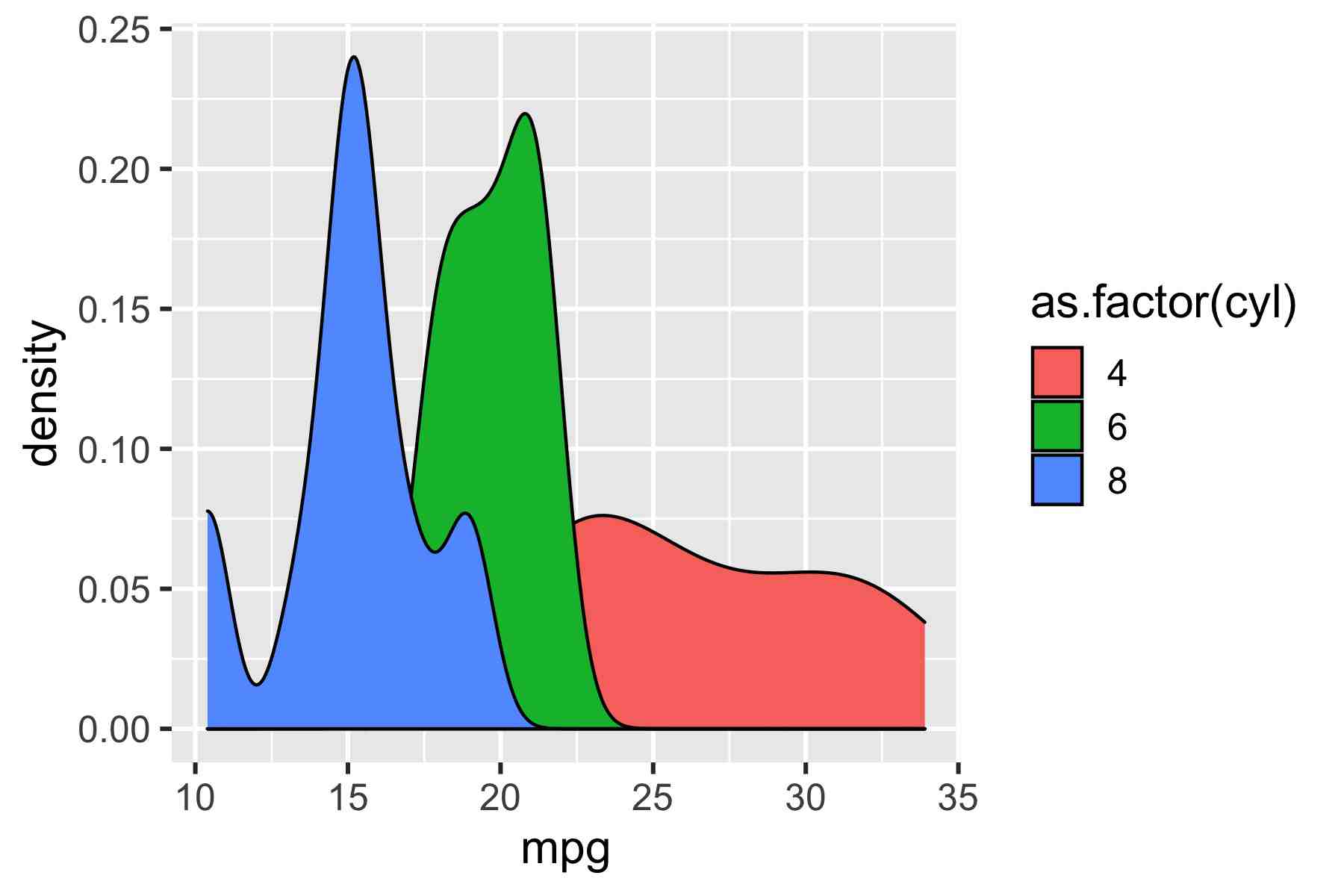
jpegoptim - target quality 10
Space saving 77%
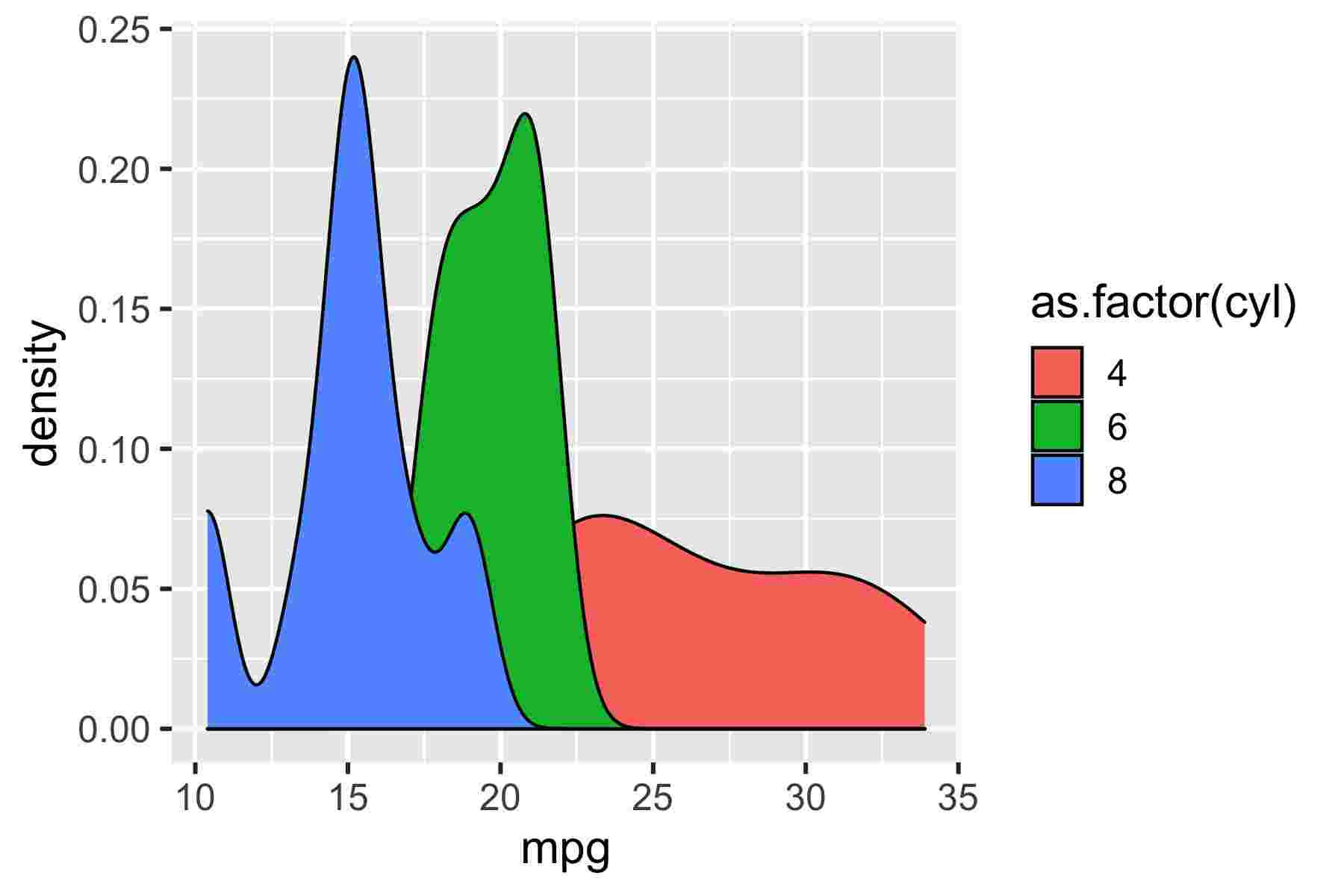
Example: Optimizing PDF output
r8 <- pdfopt(infile = "/img/optout/pdf-orig.pdf", outfile = "/img/optout/pdf-pdfopt.pdf", verbosity = 1)Orig PDF
.

pdfopt
Space saving 33%

Speed
Most optimizers run in reasonable time i.e. ~1 second for a single file.
zopflipng is the exception and with higher compression options you will see
the heat death of the universe before you will see it finish. Even at its lowest
settings (the default) it will take tens-of-seconds up to several minutes to
compress a file. Use with caution!